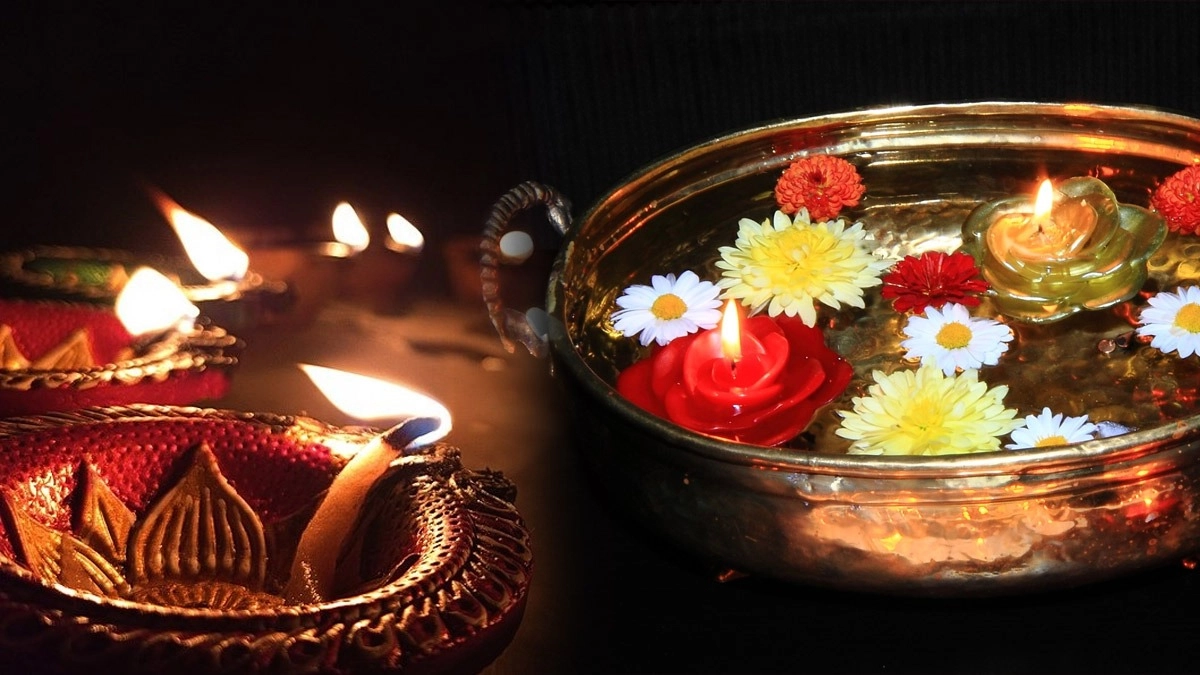
Embracing Spiritual Renewal: Undertaking Spiritual Practices During Akshaya Tritiya
Akshaya Tritiya is a highly esteemed Hindu holiday that is observed with tremendous enthusiasm and dedication. It is a fortunate time to engage in spiritual practices. Observed on the third lunar day of the bright half of the Hindu month of Vaishakha, Akshaya Tritiya is a festival that represents perpetual wealth and good fortune. It is thought that each good deed carried out on this day multiplies many times over, indicating endless wealth and happiness. We delve into the numerous rituals, meditations, and observances that support spiritual rejuvenation and growth as we examine the importance of engaging in spiritual activities during Akshaya Tritiya.
Religious Symbolism of Spiritual Practices
Engaging in spiritual traditions on Akshaya Tritiya is deeply symbolic both religiously and spiritually, representing the essence of blessings from God and perpetual prosperity. The event, which is associated with favorable heavenly alignments, denotes a favorable moment to engage in spiritual pursuits. Every behavior has a religious symbolism, such as visiting holy places that represent respect for divine manifestations and spiritual cleansing. Offering prayers and holding pujas are acts of devotion and thanksgiving to the gods, requesting their blessings for both material and spiritual well-being. Fasting promotes spiritual awareness and inner transformation by symbolizing self-control, purification, and disengagement from worldly pleasures.
Procedure of Engaging in Spiritual Practices
During Akshaya Tritiya, people engage in a variety of ceremonies and observances that are meant to invoke divine benefits and spiritual development. It starts with paying homage to deities, participating in pujas, and praying to them for wealth and prosperity. It is customary to fast and give to charity in order to purify the body and soul and develop virtues like compassion and self-control. Meditating and chanting mantras enhance inner tranquility and spiritual ties. Lastly, thinking back on appreciation cultivates humility and a sense of oneness with the divine and other living things. When combined, these rituals represent a deep path towards emancipation from spiritual suffering and everlasting rewards.
Holy Rituals and Offerings
As part of spiritual activities, holy rites and sacrifices include a variety of holy deeds intended to foster spiritual merit and invoke divine favors. These customs frequently involve reciting mantras, lighting incense, presenting flowers, fruits, and other hallowed foods to the gods, as well as conducting puja rites with care and reverence. A holy environment that fosters spiritual elevation and inner transformation is created by the ceremonies, and the offerings stand for appreciation, submission, and devotion to the divine. The goals of these deeds are to achieve spiritual rewards and fulfillment, cleanse one’s heart and mind, and strengthen one’s relationship with God.
By using the mentioned link, you may make online reservations for Puja services and purchase meditation-related merchandise from Vedic Vaani: https://vedicvaani.com/pujas-and-yagnas.
Types of Spiritual Practices
- Meditation: In order to acquire a state of focused attention, mindfulness, and inner tranquility, one must train their mind through meditation. Emotional health, stress management, and self-awareness are all encouraged.
- Prayer: Communicating with the divine or higher force is possible through prayer. It could be offering devotion and prayer, asking for wisdom, or expressing thanks.
- Yoga: Yoga aims to balance the body, mind, and spirit via the practice of physical postures known as asanas, breath control known as pranayama, and meditation practices. Spiritual development, mental clarity, and physical wellness are all encouraged by it.
- Contemplation: This is the process of giving serious thought to existential issues, spiritual truths, and the essence of reality. It promotes reflection, understanding, and self-discovery.
- Chanting and Reciting Mantras: Chanting mantras, hymns, or holy sounds is a popular spiritual activity in many cultures. It calls forth divine blessings, raises consciousness, and purifies the psyche.
- Study of Holy Writings: Information, direction, and inspiration for spiritual development and insight can be obtained by studying scriptures, religious writings, and spiritual literature.
- Seva and service: Seva is the practice of performing selfless deeds of generosity, kindness, and compassion. It fosters empathy, humility, and a sense of oneness with all living things.
- Pilgrimage: Being mindful entails being totally present and judgment-free in the moment. It encourages composure, acceptance, and appreciation for life’s experiences.
- Mindfulness: Being mindful entails being totally present and judgment-free in the moment. It encourages composure, acceptance, and appreciation of life’s experiences.
- Devotional Practices: Engaging in religious rituals and ceremonies, as well as singing hymns, bhajans, or kirtans, are examples of spiritual activities that foster love, surrender, and devotion to the divine.
Contribution Towards Life
Engaging in spiritual activities during Akshaya Tritiya is a great way to advance one’s spiritual development. It facilitates inner serenity, clarity, and spiritual understanding by bringing people into alignment with divine energy. Practitioners acquire virtues like humility, gratitude, and compassion via acts of charity, meditation, and prayer, which advance their spiritual development. Invoking heavenly blessings and protection through holy rituals and offerings during this auspicious period also helps people on their spiritual path. In the end, engaging in spiritual activities during Akshaya Tritiya benefits communities and promotes a shared awareness of harmony, love, and connectivity beyond the realm of individual transformation.
Cultural and Spiritual Significance
During Akshaya Tritiya, engaging in spiritual practices has great cultural and spiritual significance:
- Inner Transformation: Through spiritual activities, people can overcome negative inclinations, develop virtues, and reach their full potential. These practices aid in inner transformation and growth.
- Relationship with the Divine: Engaging in spiritual activities cultivates a sense of reverence, dedication, and submission while strengthening one’s relationship with the divine and the spiritual world.
- Self-Realization: People come to understand the nature of reality, the meaning of existence, and their actual identity as spiritual beings via spiritual practices.
- Karma and Dharma: Spiritual activities direct people toward the paths of righteousness, selflessness, and service by bringing them into alignment with the concepts of karma (activity) and dharma (obligation).


